Shift Towards Preventive Healthcare
The herbal medicine market is benefiting from a broader societal shift towards preventive healthcare. As healthcare costs continue to rise, many individuals are seeking ways to maintain their health proactively rather than reactively. Herbal remedies are often perceived as safer and more natural options for preventing ailments, which aligns with this preventive approach. The market is projected to grow as consumers increasingly incorporate herbal products into their daily routines to enhance their overall health. This trend is further supported by the fact that the herbal supplement industry in the US was valued at approximately $8 billion in 2023, indicating a robust demand for preventive health solutions.
Regulatory Support for Herbal Products
The herbal medicine market is experiencing favorable regulatory support, which is likely to enhance consumer confidence in herbal products. Regulatory bodies in the US are increasingly recognizing the importance of herbal remedies and are establishing guidelines to ensure product safety and efficacy. This regulatory framework is essential for building trust among consumers who may be hesitant to use herbal products due to concerns about quality. As regulations become more standardized, the herbal medicine market is expected to grow, as consumers feel more secure in their choices. This trend indicates a positive outlook for the industry, as regulatory support can lead to increased market penetration and acceptance of herbal remedies.
Increased Interest in Sustainable Products
Sustainability is becoming a key driver in the herbal medicine market, as consumers are increasingly concerned about the environmental impact of their purchases. Many individuals are opting for herbal products that are sourced sustainably and produced with minimal environmental harm. This trend is particularly pronounced among younger consumers, who are more likely to support brands that prioritize eco-friendly practices. As a result, companies in the herbal medicine market are adapting their sourcing and production methods to meet this demand. The emphasis on sustainability not only appeals to environmentally conscious consumers but also enhances brand loyalty, potentially leading to increased market share for those who align with these values.
Growing Consumer Awareness of Health Benefits
The herbal medicine market is experiencing a notable surge in consumer awareness regarding the health benefits associated with herbal products. This heightened awareness is largely driven by an increasing number of studies highlighting the efficacy of various herbs in promoting wellness and preventing diseases. As consumers become more informed, they are likely to seek out herbal remedies as alternatives to conventional pharmaceuticals. In fact, recent data indicates that approximately 30% of adults in the US have used herbal supplements, reflecting a growing trend towards natural health solutions. This shift in consumer behavior is expected to propel the herbal medicine market forward, as individuals prioritize holistic approaches to health and well-being.
Rising Popularity of Holistic Health Practices
The herbal medicine market is witnessing a rise in the popularity of holistic health practices, which emphasize the interconnectedness of body, mind, and spirit. This approach resonates with consumers seeking comprehensive wellness solutions that address not just physical symptoms but also emotional and mental health. As more individuals turn to holistic practices, the demand for herbal remedies that support these philosophies is likely to increase. This trend is reflected in the growing number of wellness centers and practitioners incorporating herbal medicine into their offerings. The integration of herbal products into holistic health practices is expected to drive growth in the herbal medicine market, as consumers seek out natural ways to enhance their overall well-being.


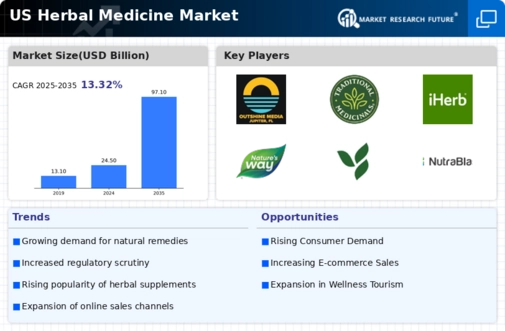
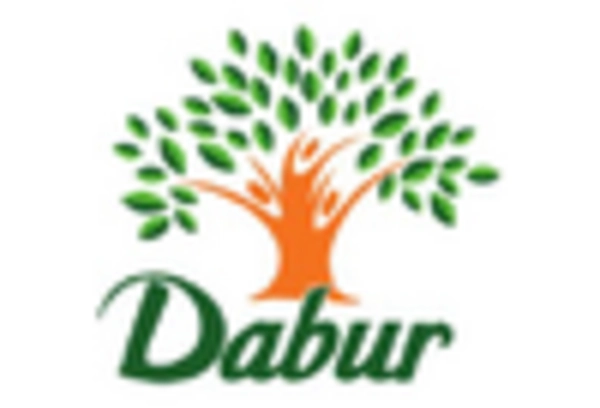

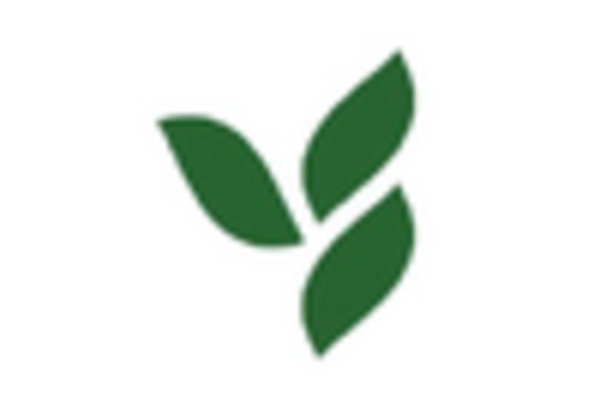

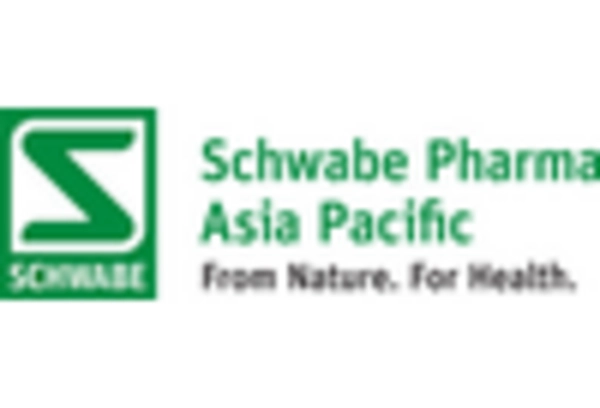
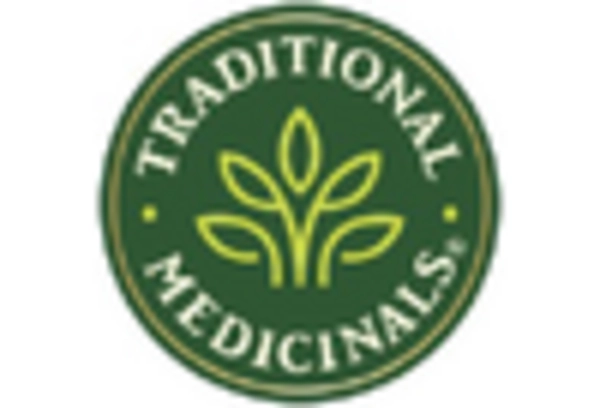








Leave a Comment